Rubberwood is another gift nature gives us. You'd think that having fulfilled its main role, which is to provide the latex that underpins natural rubber, its job is done. But it hasn't, in fact, not any more. When it becomes useless to the recipients of the latex, it becomes a very important source of wood for furniture, flooring or toys.
Hevea Brasiliensis, as the rubber tree is scientifically called, is native to Brazil, in the Amazon rainforests. Because of its importance, attempts have been made to acclimatise it in other areas since the 19th century. The first areas were British colonies. Gradually, cultivation began in southern and south-east Asia and now, in countries such as Thailand, Malaysia and Indonesia, 70% of the world's total number of rubber trees are found.
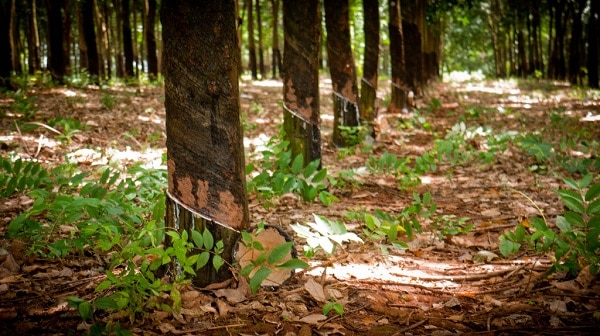
Although it still exists in the wild, the rubber tree grows mainly in plantations. It needs a tropical and subtropical climate, protected from frost (frost alters the properties of the latex making the rubber inelastic). It grows up to 25-30 m tall, with a diameter between 0.3 and 1 m. The tree produces latex until it is 25-30 years old, after which it is useless in this respect. In the past, trees were felled and burnt immediately to make way for new crops. They were not used otherwise because the wood was very susceptible to attack by fungi, insects and moulds. Sometimes it also became infected from the knife used to make the sections to drain the latex.
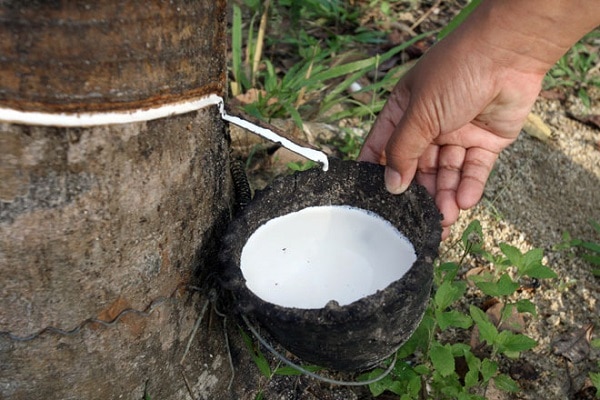
With the development of chemical treatments after 1980, wood could be used to make furniture. Immediately after felling, the wood is impregnated with substances that make it resistant to attack by insects, moulds and fungi, after which it is dried and processed into lumber,
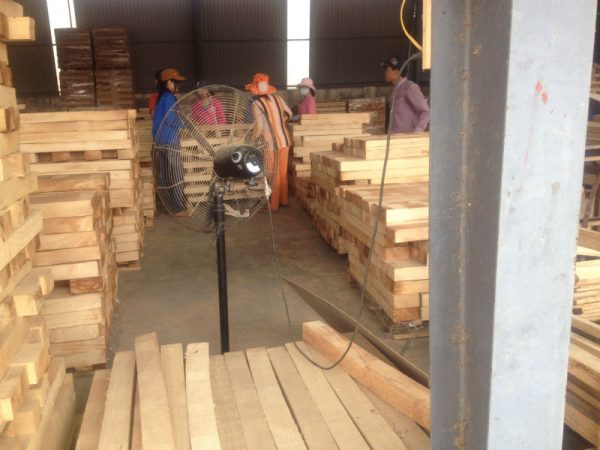
timber panels
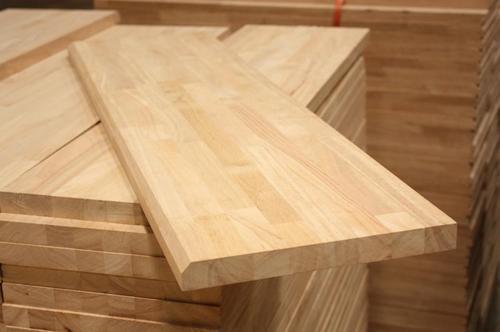
or veneer.
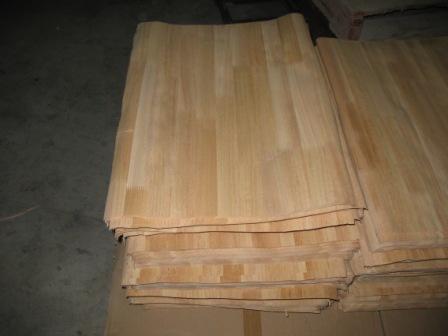
Rubberwood has a uniform structure with straight grain and large to very large pores arranged in no particular arrangement.
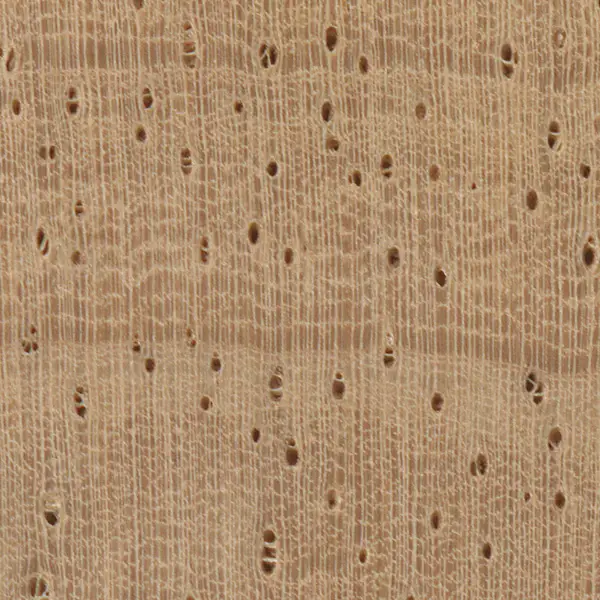
Sometimes brown minerals and gums are found in the pores. The colour of the wood is pale yellow, sometimes with short brown streaks. With age the colour darkens. There is no difference between sapwood and heartwood, and the annual rings are distinct.
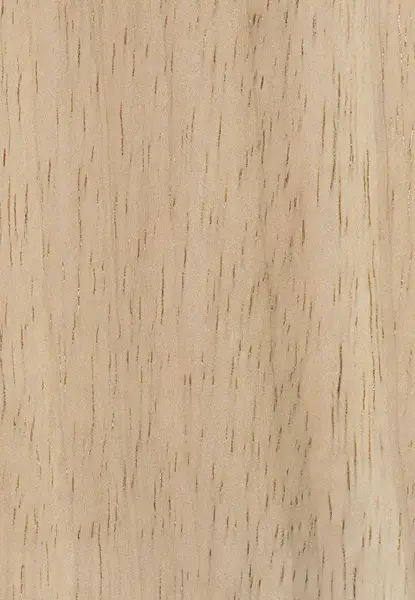
It is easy to process, both mechanically and by hand, and it glues and colours without any problems. In production it has an annoying sour smell, which disappears after processing. Contrary to its name, it is not a resilient wood and has the characteristics of a hardwood. In Malaysia it is officially called Malaysian oak. After drying it is very stable, with no dimensional variations and no cracks. It is recommended for indoor use, for furniture, toys, or for kitchen furniture and accessories. Outdoors it should not be used because rain can wash away the protection against insects, mould and fungi, making it vulnerable.
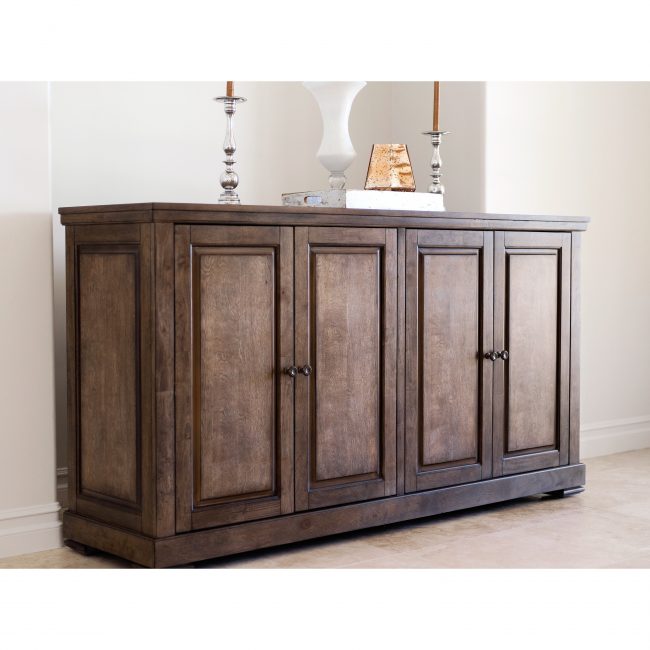
It is used to make tables, chairs,
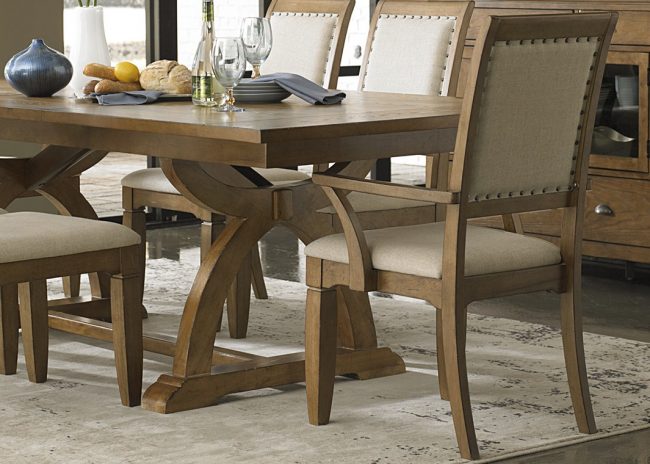
or bedroom furniture
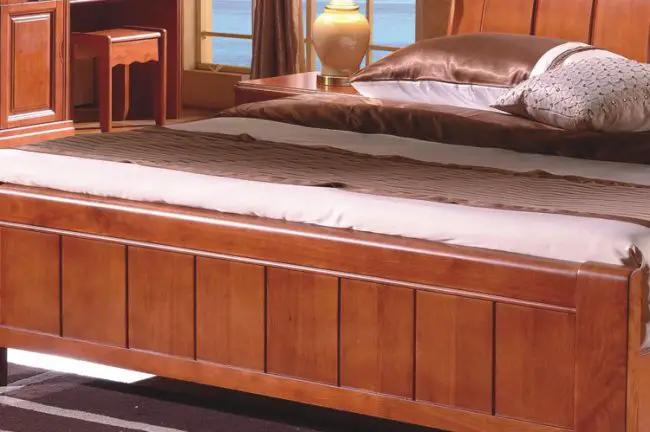
or kitchen. Like any hardwood it stains beautifully, evenly, but it is also used in its natural colour, the small brown streaks giving it a special charm. It can be finished and antiqued to very interesting effect.
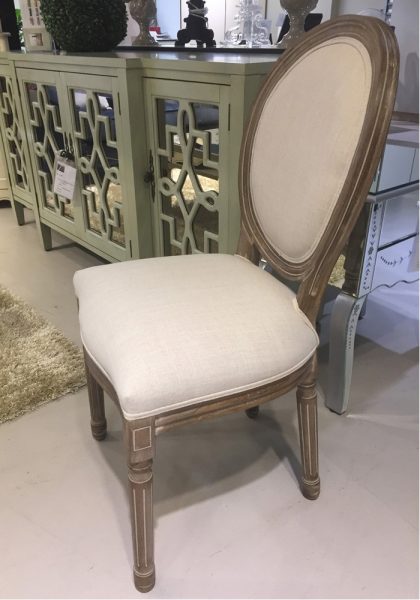
Being a hardwood it is successfully used for flooring, even for heavy traffic. Its dimensional stability makes it suitable for use in high humidity areas such as the kitchen. Another very important advantage is the lower cost compared to a similar hardwood.
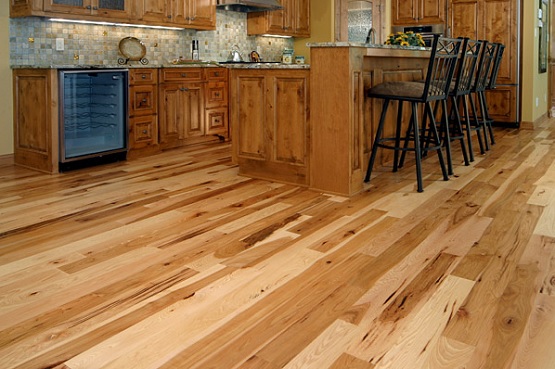
It is also used in the kitchen to make mincers,
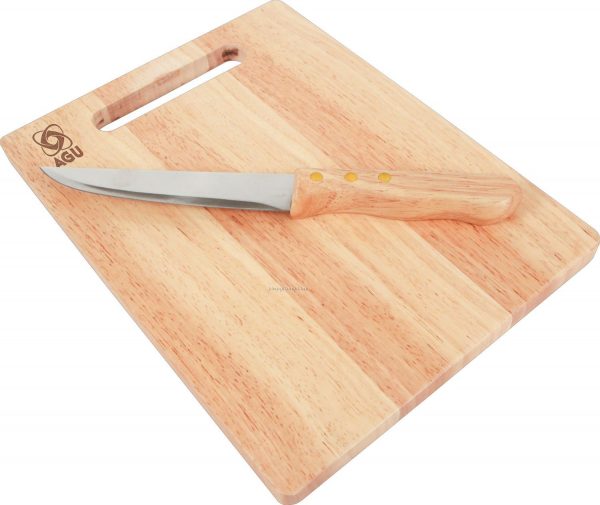
trays and even platters.
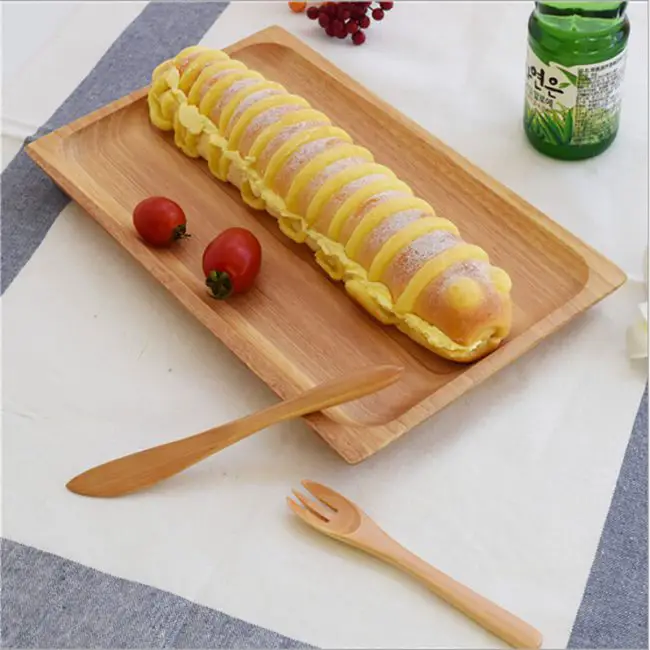
It is one of the materials used a lot to make toys.
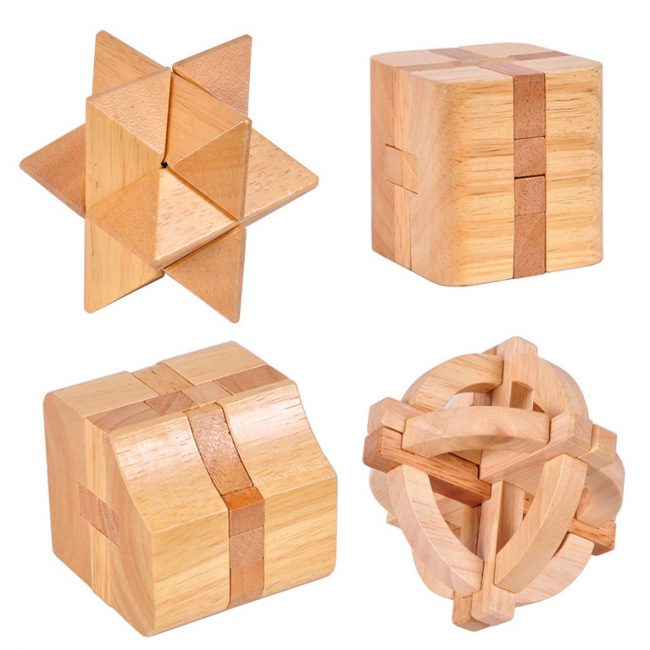
Rubber wood is considered an environmentally friendly material. The rubber tree is one of the few species that is immediately replanted after being cut down. Crops are used after their main role has ended. It is, as I said, a beautiful gift that this generous tree gives to all of us.
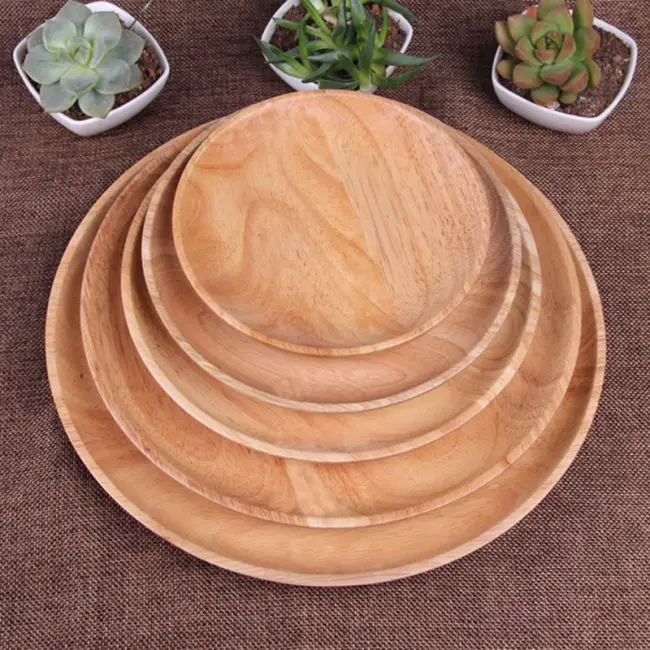

























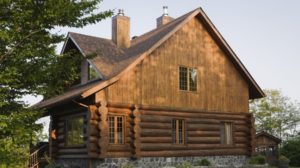
Mrs Radu, thank you very much for this article...
With pleasure! It was your idea. 🙂
Mrs. Mihaela, I have bedroom furniture made of solid wood, initially it was waxed but over time the wood has dried, this year I have decided to paint it but I do not know what to do to avoid damaging it!The kitchen furniture is made of veneered straw and it also looks dry, please if you can help me with some advice!Thank you very much!
Good evening,
If it has been waxed it is still best to wax to apply. Wax goes away over time and if the surface is not rewaxed, the wood remains loose and dries over time. Waxing is done easily with commercially bought wax. A small amount is applied with a rag and then polished with cotton rag or pasla.
To apply varnish you should first degrease the surfaces very well (with thinner or water with vinegar) because varnish has no adhesion on wax, then gently sand the entire surface and then apply the varnish.
If it were my furniture I'd go for the waxed version.
Good luck!
Thank you very much! <3